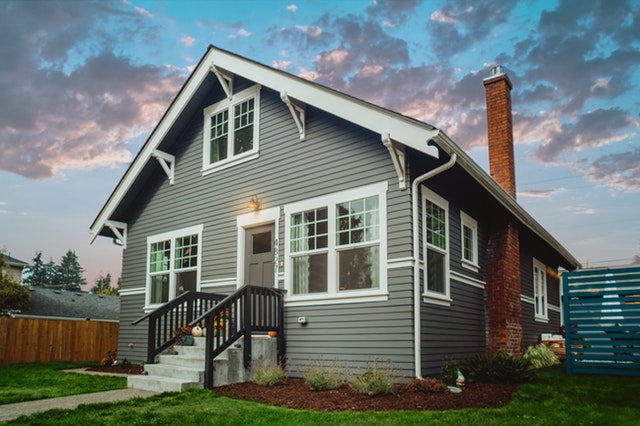5 Creative Ways To Buy A Foreclosure
Buying a foreclosed home is easy, right? After all, they sell for pennies on the dollar, right? Well, that could be a false assumption. Buying a foreclosed property appears easy on TV, but in reality, it can be overwhelming.
Foreclosure sales continue to decline in the market from 38.6 percent in 2011 to 14 percent in 2017 but ticking up a bit in 2018 according to Attom Data Solutions, a national property data company. As foreclosure sales drop, competition for these properties become stiffer and more complex. And as home prices increase in most cities, buyers often turn to foreclosures as affordable alternatives for landing their dream home
Foreclosures usually occur when homeowners can no longer pay their mortgages and the mortgagees seize the properties. Once former owners vacate the properties, lenders typically put it on sale at discounted price or auction to the highest bidder.
Foreclosures give homebuyers the opportunity to get great deals. While foreclosures can save you thousands of dollars, it may come with risks. Having a stomach of steel can help when pursuing a foreclosure.
 To mitigate the risks involved, keep the following hacks and tricks in mind.
To mitigate the risks involved, keep the following hacks and tricks in mind.
Budget Carefully
Don’t allow a small price tag to entice you into a quick deal. Ask yourself the following:
- Do you have sufficient dollars for extensive repairs?
- Do you have a team ready for any required repairs or are you handy at doing them yourself?
- Can you find a tenant if you intend to rent?
If you conduct thorough research, you’ll minimize the risks.
Get A Home Inspection
Though foreclosures are usually sold “as is”, you need to know the property deficiencies. The home seller can allow you to bring in a competent home inspector. Your inspector will give you a list of what the property lacks and the cost estimates needed to complete the renovations. You may even want to hire a home inspector after purchasing a foreclosure just to get a thorough review of the property.
Ask For Vacancy Duration
Ask how long the house remained vacant. In most cases, long vacancy means more damages. For example, plumbing seals may dry out, bugs get into the house and sewer gases back up.
Don’t Ignore The Landscaping
Neglected landscaping contribute to house deterioration. Tree seedlings grow roots into the foundation and vines crawl into the windows. Small trees can also mess up pavers, and dead branches can break and crash into the house.
Be Cautious With Auctions
Although auctions are common with foreclosures, it’s best to avoid them. And if you can’t, be vigilant when bidding. Competitive bidding can raise the value so high that you end up losing money after the cost of repairs.
It’s always best to work with your trusted local real estate professional to find foreclosure properties. They are experienced in determining the quality of the properties and can help you through the tenuous foreclosure purchase process.
Another key partner is your trusted mortgage professional. If your good credit and pre-approval are in place, you will be on your way to making an offer as soon as the right property comes along.
 One thing to think about when purchasing a home or parcel of land is to have an updated land survey conducted. While property deeds generally include detailed information, many are outdated for a variety of reasons that include nature, weather conditions, and adjustments in floodplain maps among others.
One thing to think about when purchasing a home or parcel of land is to have an updated land survey conducted. While property deeds generally include detailed information, many are outdated for a variety of reasons that include nature, weather conditions, and adjustments in floodplain maps among others. Think green home design is a fad? Well, think again. Sustainable home designs are gaining popularity at a breakneck speed. In 2017, green homes accounted for more than 60 percent of family home builder’s portfolios, according to a survey conducted by the National Association of Home Builders.
Think green home design is a fad? Well, think again. Sustainable home designs are gaining popularity at a breakneck speed. In 2017, green homes accounted for more than 60 percent of family home builder’s portfolios, according to a survey conducted by the National Association of Home Builders.